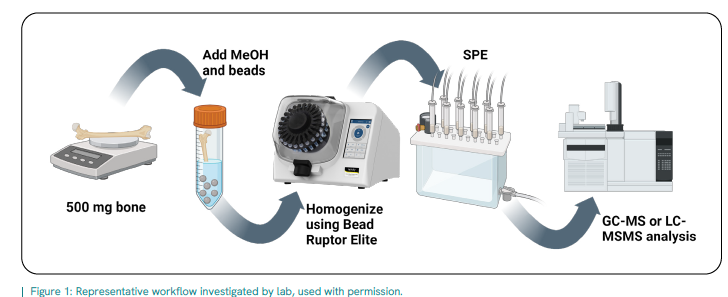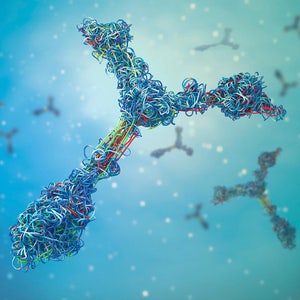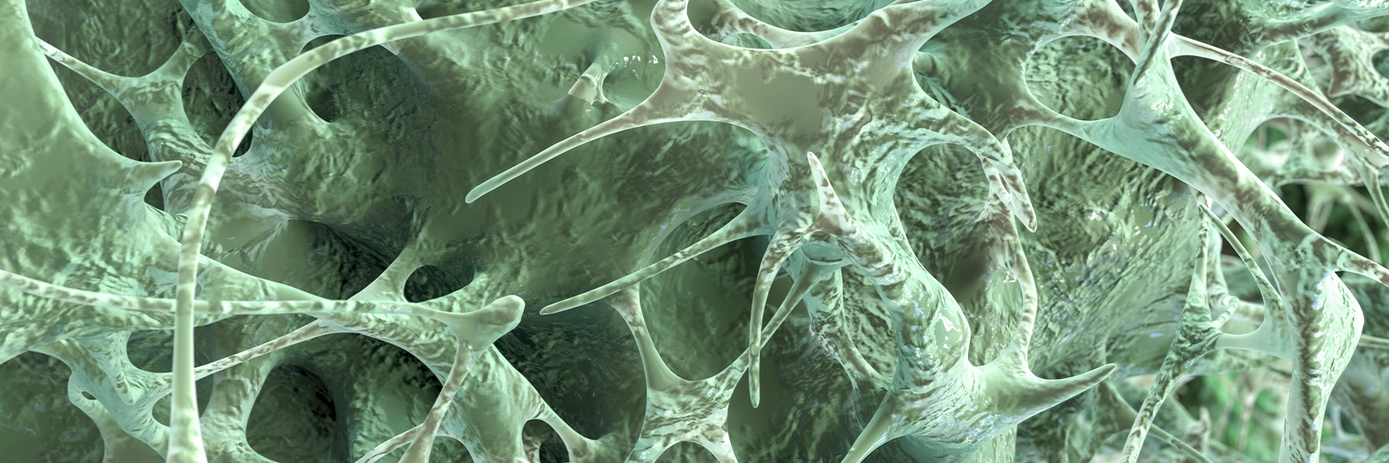
Opioids are a class of medication, broadly umbrellaed by their structural relation to natural plant alkaloids found in opium (opiates). Natural, semisynthetic, and synthetic forms that are lab-derived act on specific cell surface receptors found predominantly in the CNS that elicit their typical clinical effects in perceived pain relief and analgesia; however, their highly addictive nature also makes them a primary driver for drug overdose deaths1.
Opioid abuse is currently a recognized epidemic in the US amidst the growing substance abuse and drug addiction crisis; the adoption of synthetic opioids, resulting in its illicit production and abuse, has exacerbated the crisis, where according to the US DEA, 67% of all drug overdoses in 2021 were attributed to this class of opiods2.
Within the field of toxicology, labs understand the importance of developing analytical methods that translate to real-world samples and situations. Amongst the focus of Dr. Emanuele A. Alves’ research team at the Virginia Commonwealth University’s Department of Forensic Science, is method development for tough matrices, such as bones; bones, at times, are the only biological matter still available in situations such as cold cases or when extended putrefaction of remains have already occurred. Similarly, the new method is applicable for labs needing to study the effects of certain compounds on bone development, whether for basic research or drug development. Their current model using bead milling permitted completion of the extraction method within 2 hours, as compared to the > 24 hours it might take to dry and manually grind the bones as dictated by more traditional methods.

Dr. Alves’ expands on her passions, which includes decreasing both cost and time for analyzing difficult matrices and notes how automation is a welcomed addition in extraction methodologies.
Research use only. Not for use in diagnostic procedures.
References
- https://nida.nih.gov/research-topics/trends-statistics/overdose-death-rates
- Boysen, P. G., Patel, J. H., & King, A. N. (2023). Brief History of Opioids in Perioperative and Periprocedural Medicine to Inform the Future. Ochsner journal, 23(1), 43–49. https://doi.org/10.31486/toj.22.0065











































